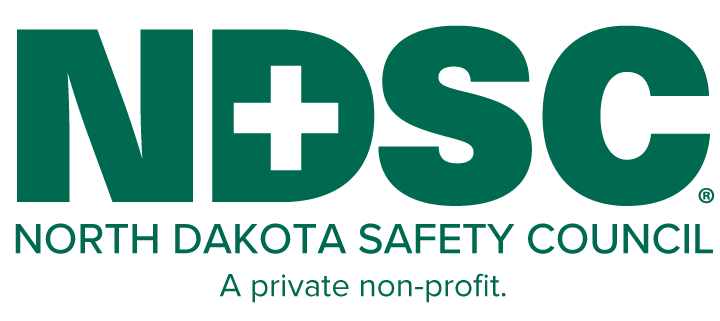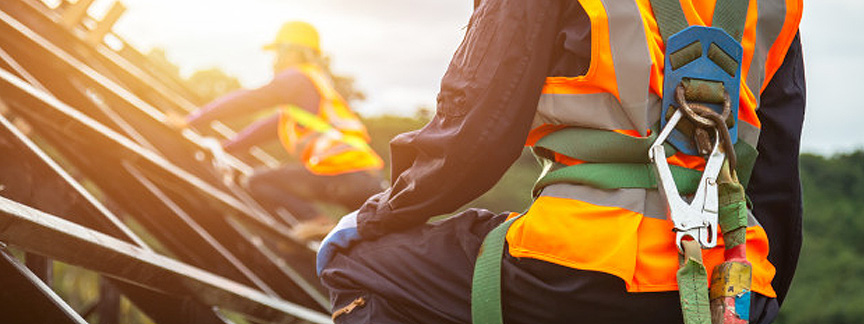Ladder falls are preventable learn more about the hazard
March is Ladder Safety Month. Whether working from a ladder, roof or scaffolding, it’s important to plan ahead, assess the risk and use the right equipment. More than 6.8 million people were treated in emergency rooms for fall-related injuries in 2020. From 2017 to 2021, ladder-related incidents accounted for more than 800 deaths and 27,000-plus nonfatal injuries resulting in days away from work, according to a recent OSHA analysis of Bureau of Labor Statistics data.
Learn more about how to prevent extension ladder and step ladder-related fall injuries and deaths.
Ladder fall injuries are a persistent hazard both in the workplace and at home. There are five major causes for ladder fall incidents:
- Incorrect extension ladder setup angle — In approximately 40% of cases, the leading cause of ladder-related injuries is a ladder sliding out at the base due to an incorrect setup angle.
- Inappropriate ladder selection — Selection of a ladder with the proper duty-rating is also important to avoid structural failure. Selection of a ladder made of nonconductive material can avoid electrocution and related falls.
- Insufficient ladder inspection — Reduce the likelihood of ladder structural failure by practicing regular inspection and maintenance.
- Improper ladder use — Activities such as overreaching, carrying objects, applying excessive force, slips, and missteps are also frequent causes of ladder-related fall injuries.
- Lack of access to ladder safety tools and information — Small companies that account for up to 80% of all construction companies, and individual ladder users, such as homeowners, do not typically receive the required training for safe use of extension ladders and step ladders.
Tips to Stay Safe When Using a Ladder
- Select the right type of ladder to match the job:
- Ensure the ladder is the right height. If it is too short, it can lead to overreaching and ladder instability.
- Consider the ladder material. The material should be nonconductive when working near live wires to avoid the risk of electrocution that could cause you to lose your balance.
- Pay attention to the duty rating. Duty rating is the maximum amount of weight the ladder is manufactured to safely carry. It means that the ladder is strong enough to handle your weight plus your equipment. If the ladder has an insufficient duty rating, it can structurally fail.
- Inspect the ladder for damage. Look for missing rungs, bolts, cleats, screws, loose components, or other defects. If you find defects, immediately mark the ladder as defective or tag it with “Do Not Use” or similar language.
- Position the ladder in a safe location. The ladder should be on a level, supportive surface without contaminants. Place the ladder in a low traffic area or put barriers around it to prevent a person or equipment from bumping into the ladder.
- Maintain three points of contact. Avoid carrying materials and equipment, which could lead to loss of stability or balance. Never step above the second highest step on a step ladder or the fourth highest rung on an extension ladder.
The North Dakota Safety Council has several options for Fall Protection Awareness. Including both Construction and General Industry, as well as an option for Spanish language learners.
OSHA Safe Use of Stepladders – Fact Sheet
OSHA Safe Use of Extension Ladders – Fact Sheet
Information provided by the CDC, NIOSH, OSHA and the National Safety Council.




